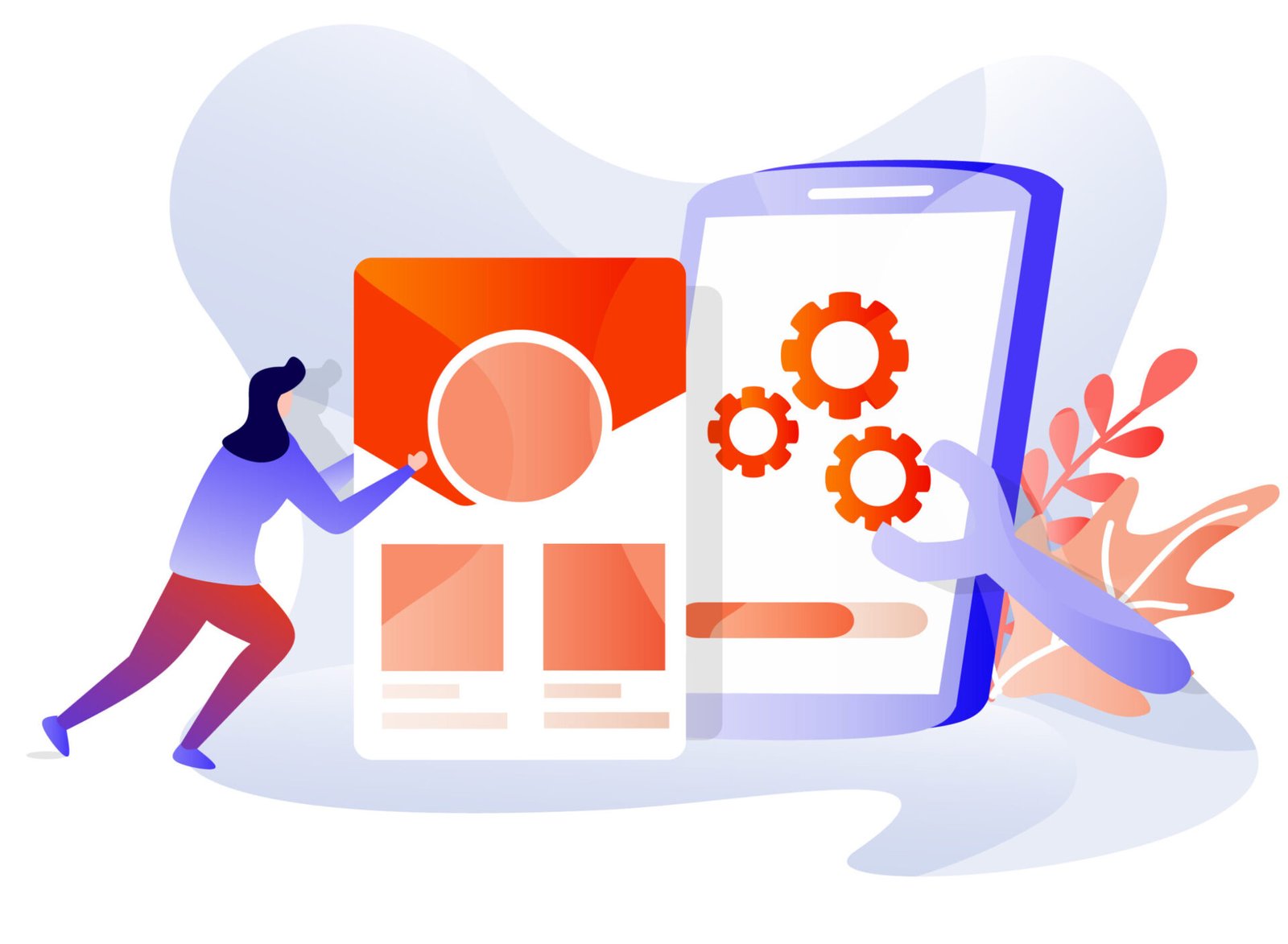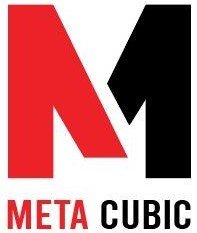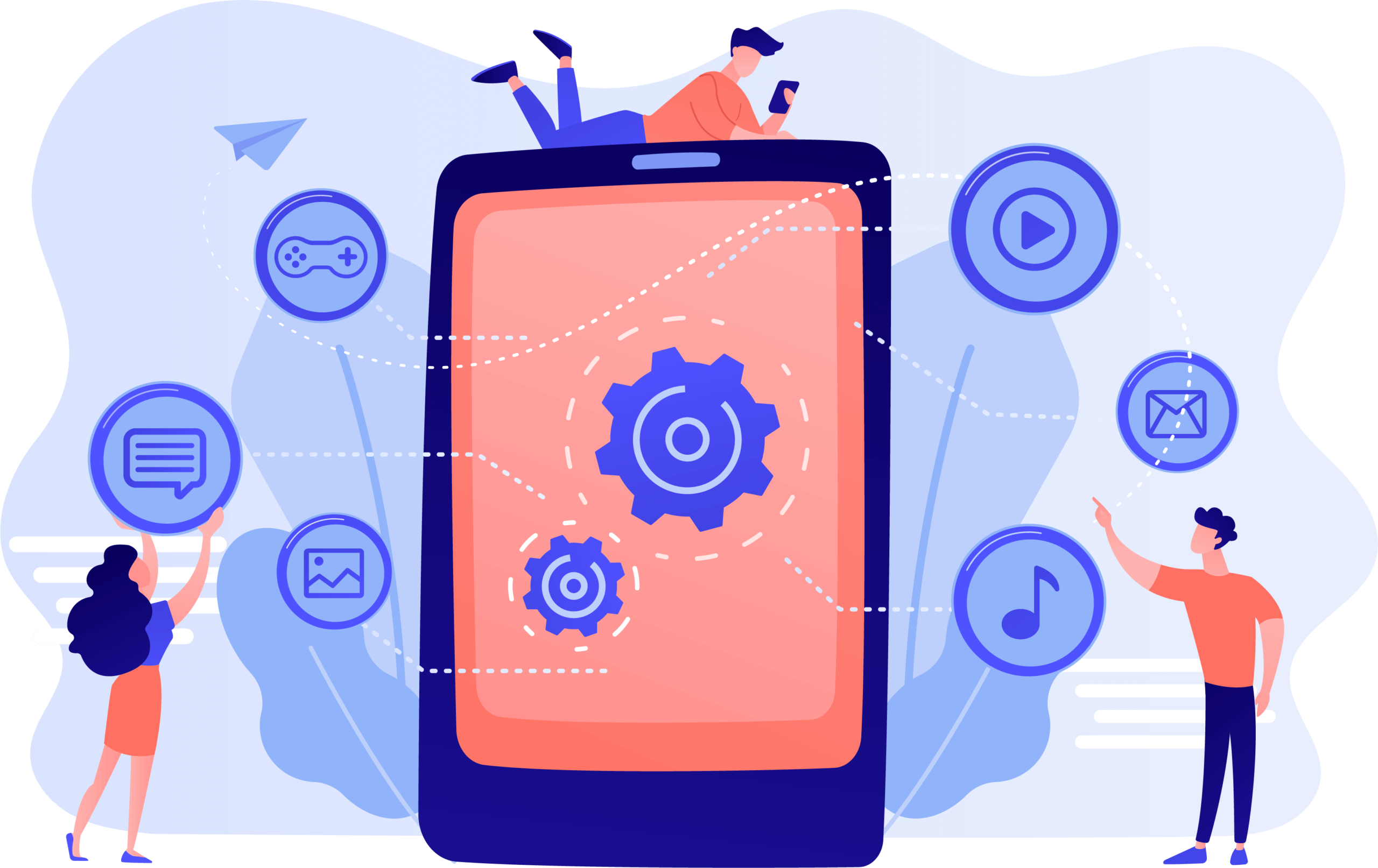Explore the Top App Development Tools of 2023
In today’s digital world, mobile applications have become an integral part of our lives. With the increasing demand for mobile apps, developers are constantly looking for efficient and reliable app development tools that can streamline the development process. In this article, we will explore the top app development tools of 2023, helping developers stay updated and choose the right tools for their projects.
Importance of App Development Tools
App development tools play a crucial role in the success of any mobile application. These tools provide developers with the necessary resources, frameworks, and libraries to build robust and feature-rich apps. They simplify complex tasks, enhance productivity, and enable developers to create high-quality applications within shorter timeframes. Choosing the right app development tools can significantly impact the efficiency and success of a development project.
Factors to Consider when Choosing App Development Tools
Before diving into the top app development tools of 2023, it’s important to understand the factors to consider when making a selection. These factors will help developers make informed decisions and choose tools that align with their project requirements. Some key factors to consider include:
Platform Compatibility: Determine whether the tool supports the targeted platforms, such as iOS, Android, or cross-platform development.
Ease of Use: Look for tools with intuitive interfaces and comprehensive documentation to simplify the development process.
Features and Functionality: Assess the features offered by the tools and ensure they align with the project’s requirements.
Performance and Scalability: Consider the performance capabilities and scalability options of the tools, especially for large-scale projects.
Community Support: Evaluate the tool’s community support, including active forums, online resources, and developer communities.
Top App Development Tools of 2023

Now, let’s explore the top app development tools that are expected to make a significant impact in 2023:
Tool 1
Tool 1 is a versatile and powerful app development framework designed to streamline the development process. It offers a wide range of pre-built components, libraries, and templates that accelerate app creation. With Tool 1, developers can create cross-platform applications with ease, reducing development time and effort.
A. Integrated Development Environments (IDEs):
- IDEs like Android Studio, Xcode, and Visual Studio provide comprehensive development environments with robust features, code editors, debugging tools, and simulators/emulators.
- They support multiple programming languages and frameworks, enabling developers to build apps for various platforms.
B. Cross-platform Development Frameworks:
- Frameworks like React Native, Flutter, and Xamarin allow developers to build apps that can run on multiple platforms using a single codebase.
- They offer native-like performance and access to device features, simplifying the development process and reducing time and effort.
C. Backend-as-a-Service (BaaS) Platforms:
- BaaS platforms such as Firebase, AWS Amplify, and Backendless offer cloud-based backend services, eliminating the need for developers to build server infrastructure from scratch.
- They provide features like data storage, authentication, real-time databases, and push notifications, allowing developers to focus on app functionality.
D. Low-Code/No-Code Development Platforms:
- Low-code/no-code platforms like OutSystems, Mendix, and Bubble enable developers and non-technical users to create apps with minimal coding.
- They offer visual interfaces, drag-and-drop functionality, and pre-built components, accelerating the development process and reducing reliance on traditional coding methods.
E. Testing and Debugging Tools:
- Tools like Appium, XCTest, and Espresso help developers ensure the quality and reliability of their apps through automated testing and debugging.
- They provide comprehensive testing frameworks, real device testing, and debugging capabilities, helping identify and fix issues efficiently.
F. Mobile Analytics and Crash Reporting:
- Analytics tools such as Google Analytics, Firebase Analytics, and Flurry offer valuable insights into user behavior, app performance, and crash reporting.
- They provide detailed metrics, user engagement tracking, and crash reports, enabling developers to make data-driven decisions and improve their apps.
G. Continuous Integration and Deployment (CI/CD) Tools:
- CI/CD tools like Jenkins, CircleCI, and Bitrise automate the app build, test, and deployment processes.
- They integrate with version control systems, perform automated tests, and enable seamless app distribution, ensuring faster and more efficient development cycles.
Tool 2
Tool 2 is an innovative IDE (Integrated Development Environment) that provides a comprehensive set of tools for mobile app development. It offers advanced code editing features, debugging capabilities, and seamless integration with popular frameworks.
A. Visual Studio Code:
- Visual Studio Code (VS Code) is a highly popular and versatile IDE developed by Microsoft.
- It offers a lightweight and customizable interface, making it suitable for various programming languages and frameworks.
- VS Code supports an extensive range of extensions, enabling developers to enhance their coding experience and productivity.
- Its built-in debugging capabilities, version control integration, and terminal access make it a powerful tool for app development.
B. Jet Brains IntelliJ IDEA:
- IntelliJ IDEA is a robust IDE designed for Java development, but it also supports other programming languages.
- It provides intelligent code completion, code navigation, and refactoring features, reducing development time and effort.
- IntelliJ IDEA offers a user-friendly interface with advanced coding assistance, code analysis, and integrated version control systems.
- Its built-in tools for testing, profiling, and debugging facilitate efficient app development and optimization.
C. Visual Studio:
- Visual Studio is a comprehensive IDE developed by Microsoft, primarily used for Windows app development.
- It supports multiple programming languages such as C#, C++, and JavaScript, and offers various project templates.
- Visual Studio provides a rich set of debugging tools, code editors, and project management features, improving developer productivity.
- Its integrated cloud services and collaboration capabilities enable seamless team collaboration and application deployment.
D. Android Studio:
- Android Studio is the official IDE for Android app development, built on the JetBrains IntelliJ IDEA platform.
- It provides a complete set of tools for designing user interfaces, writing code, and debugging Android applications.
- Android Studio offers an emulator for testing apps on different device configurations and an advanced profiler for performance optimization.
- Its integration with the Android SDK and Google services simplifies the development process for Android apps.
E. Xcode:
- Xcode is the IDE used for developing applications for Apple’s platforms, including iOS, macOS, watchOS, and tvOS.
- It offers a user-friendly interface with an intuitive design and a wide range of development tools.
- Xcode includes an interface builder for designing app interfaces, a powerful code editor, and an integrated debugger.
- It provides simulators for testing apps on various Apple devices and supports Swift, Objective-C, and other programming languages.
Tool 3
Tool 3 is a cloud-based app development platform that simplifies the deployment and scaling of mobile applications. It offers a collaborative environment for developers to build, test, and deploy apps efficiently. Tool 3’s seamless integration with popular cloud services and its robust backend capabilities make it an excellent choice for scalable app development.
- Scalability: Cloud-based platforms offer unparalleled scalability, allowing developers to effortlessly scale their applications to accommodate growing user bases and evolving market demands.
- Cost Efficiency: Cloud-based app development reduces the need for substantial upfront investments in hardware and infrastructure. By utilizing cloud services, developers can adopt a cost-effective pay-as-you-go model, aligning costs with actual usage.
- Collaboration: Cloud-based development platforms facilitate seamless collaboration among team members, regardless of their physical locations. Developers can work concurrently, share code repositories, and communicate efficiently, resulting in faster development cycles.
- Enhanced Security: Cloud service providers prioritize security measures to protect app data and infrastructure. Robust security features and regular updates ensure data integrity and enable developers to focus on creating high-quality applications.
- Automation and DevOps Integration: Cloud-based app development platforms integrate with DevOps tools, enabling streamlined deployment, continuous integration, and automated testing. This integration optimizes the app development lifecycle and accelerates time-to-market.
Tool 4
Tool 4 is a widely used UI/UX design tool that empowers developers to create visually appealing and user-friendly mobile applications. It offers a drag-and-drop interface, interactive prototyping features, and comprehensive design libraries. Tool 4’s powerful collaboration capabilities make it an indispensable tool for designers and developers working together.
- Intuitive Design: A well-crafted UI/UX ensures that the app interface is intuitive and user-friendly, allowing users to navigate seamlessly and accomplish tasks effortlessly.
- Responsive Layout: A responsive UI/UX adapts to different devices and screen sizes, providing a consistent and visually appealing experience across smartphones, tablets, and desktops.
- Visual Appeal: Eye-catching visuals, thoughtful color schemes, and appealing typography contribute to an aesthetically pleasing UI/UX, capturing users’ attention and fostering a positive impression.
- Streamlined Navigation: Intuitive navigation enhances the user experience by making it easy to browse through app features, access information, and switch between screens with minimal effort.
- Interactive Elements: Incorporating interactive elements such as animations, gestures, and micro-interactions creates an engaging UI/UX that keeps users hooked and encourages exploration.
- Personalization Options: Offering customization features, such as theme selection or personalized settings, allows users to tailor the app to their preferences, enhancing their overall experience.
- Performance Optimization: A well-designed UI/UX takes performance into account, ensuring smooth interactions, quick loading times, and efficient resource utilization to prevent user frustration.
- Feedback and Error Handling: Effective UI/UX includes clear feedback and error handling mechanisms, providing informative messages and guiding users through any issues they encounter.
Tool 5
Tool 5 is an open-source framework known for its simplicity and flexibility. It allows developers to build native mobile applications using web technologies such as HTML, CSS, and JavaScript. Tool 5’s extensive plugin ecosystem and community support make it a popular choice among developers who prefer a lightweight and customizable development approach.
- Extensive Community Support: Open-source frameworks benefit from a vibrant community of developers who contribute to their development, provide support, and share valuable insights, fostering collaboration and knowledge exchange.
- Flexibility and Customization: Open-source frameworks allow developers to tailor their app development process to meet specific requirements. They provide a range of options and customization capabilities, enabling developers to create unique and highly customized applications.
- Rapid Development: With a plethora of pre-built components, modules, and libraries, open-source frameworks accelerate development time by eliminating the need to build everything from scratch. Developers can leverage existing solutions, saving time and effort.
- Stability and Reliability: Open-source frameworks are subject to continuous testing and improvement by a large community, resulting in increased stability and reliability. Developers can rely on well-tested components and trust in the quality of the framework.
- Cost Efficiency: Open-source frameworks eliminate the need for costly licenses, making them a cost-effective choice for app development projects. Developers can allocate resources to other aspects of development or invest in additional features.
- Security: Open-source frameworks benefit from constant scrutiny by a vast community, which helps identify and address security vulnerabilities quickly. Developers can leverage the collective knowledge of the community to enhance the security of their applications.
- Integration Capabilities: Open-source frameworks often offer seamless integration with other tools and technologies, allowing developers to leverage the ecosystem and easily integrate third-party services, APIs, and libraries.
Conclusion
In conclusion, the top app development tools of 2023 offer a wide range of features and capabilities that empower developers to create innovative and high-quality mobile applications. From powerful frameworks and IDEs to UI/UX design tools and testing frameworks, these tools simplify the development process, enhance productivity, and drive app success. By considering the platform compatibility, ease of use, features, performance, and community support, developers can choose the right tools that align with their project requirements.







